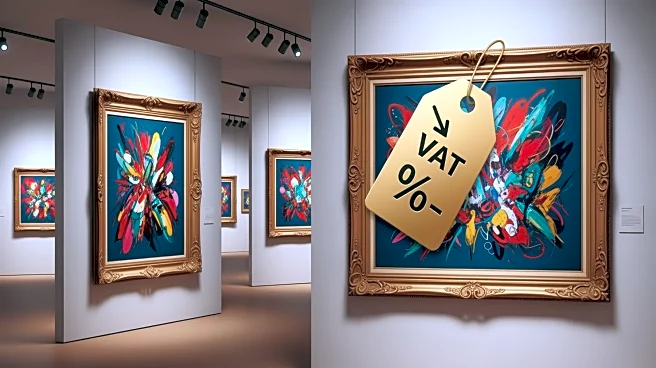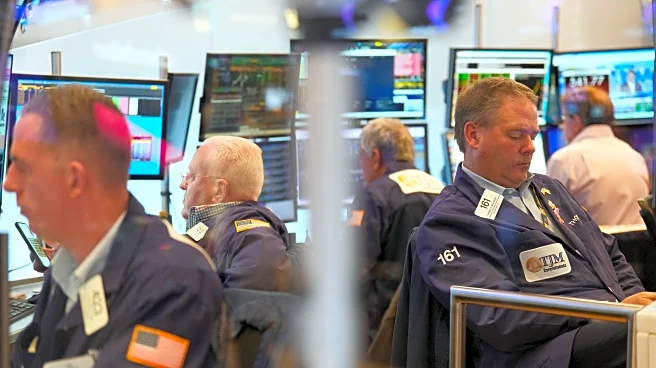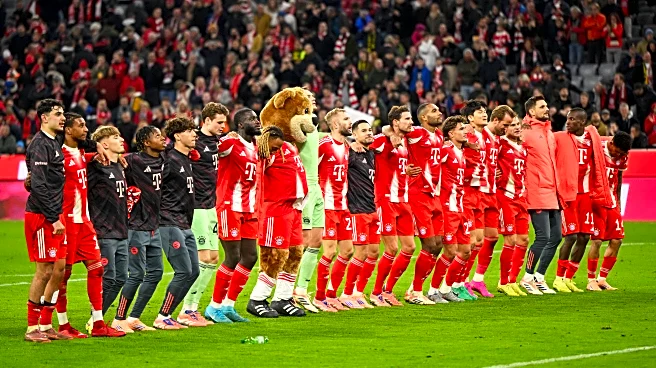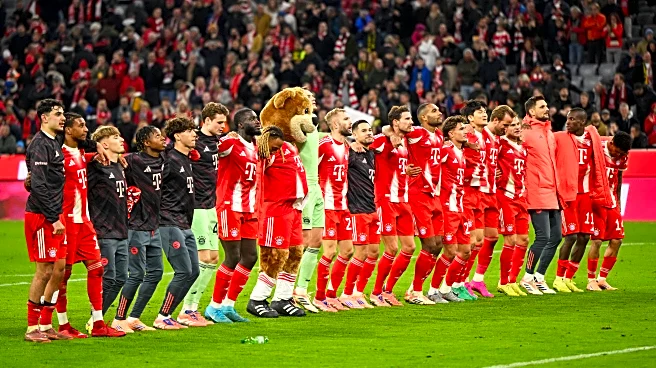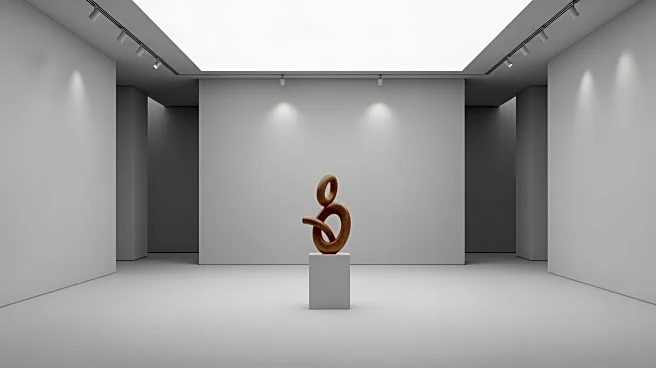What's Happening?
Several art galleries in London and Munich have announced closures, reflecting broader challenges in the global art market. Project Native Informant, a gallery in East London known for its avant-garde
exhibitions, is closing after 12 years due to a volatile global climate and personal reasons cited by its founder, Stephan Tanbin Sastrawidjaja. Similarly, the Nir Altman gallery in Munich has shuttered following the conclusion of a solo exhibition. These closures are part of a larger trend where galleries are reassessing their operations amid rising costs and changing market dynamics. Additionally, the Institute of Contemporary Art San Francisco is transitioning to a nomadic model, indicating a shift in how art institutions are adapting to new economic realities.
Why It's Important?
The closure of these galleries highlights significant shifts in the art industry, driven by economic pressures and evolving market conditions. Rising operational costs and the need for innovative business models are pushing galleries to reconsider traditional practices. This trend could lead to a consolidation in the art market, where only the most financially robust galleries survive. The move by the Institute of Contemporary Art San Francisco to a nomadic model suggests a potential new direction for art institutions, focusing on flexibility and reduced overheads. These developments could impact artists, collectors, and art enthusiasts, altering how art is produced, exhibited, and consumed.
What's Next?
As galleries close and institutions adapt, the art market may see increased collaboration and partnerships to share resources and reduce costs. The emergence of boutique art fairs, like the Pavilion in Taipei and Hong Kong, indicates a shift towards more regionally focused events that cater to local markets. This could lead to a more decentralized art world, with smaller, more agile players gaining prominence. Stakeholders in the art industry, including artists and collectors, will need to navigate these changes, potentially embracing digital platforms and alternative exhibition spaces to reach audiences.
Beyond the Headlines
The closures and adaptations in the art world may also reflect broader cultural shifts, where traditional art spaces are challenged by digital and experiential formats. This could democratize art access, allowing a wider audience to engage with art outside conventional gallery settings. However, it also raises questions about the sustainability of art careers and the preservation of cultural heritage in a rapidly changing environment.



